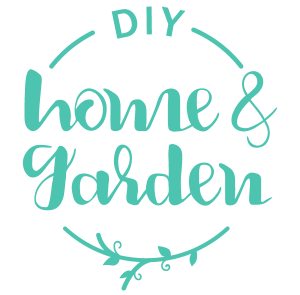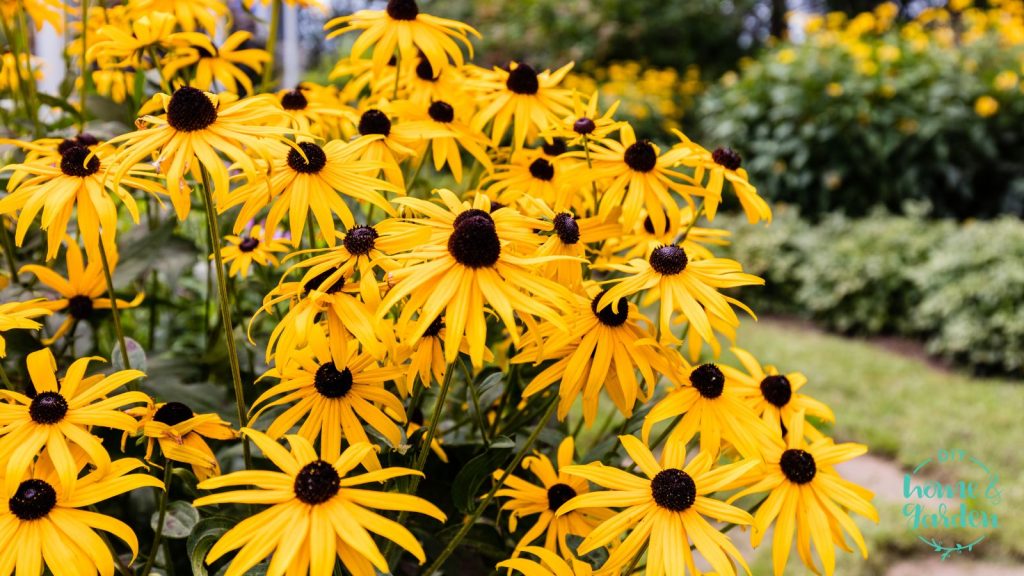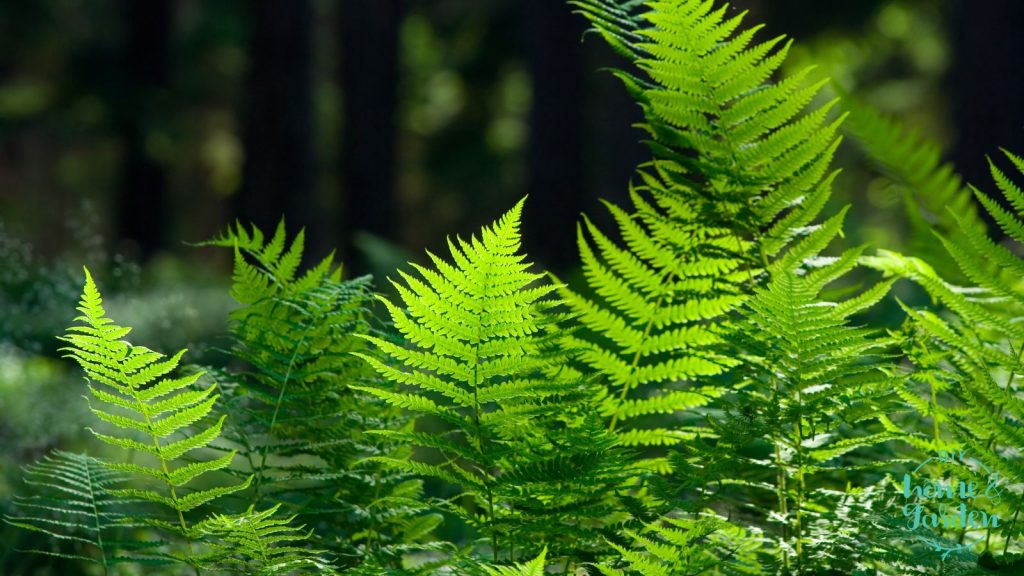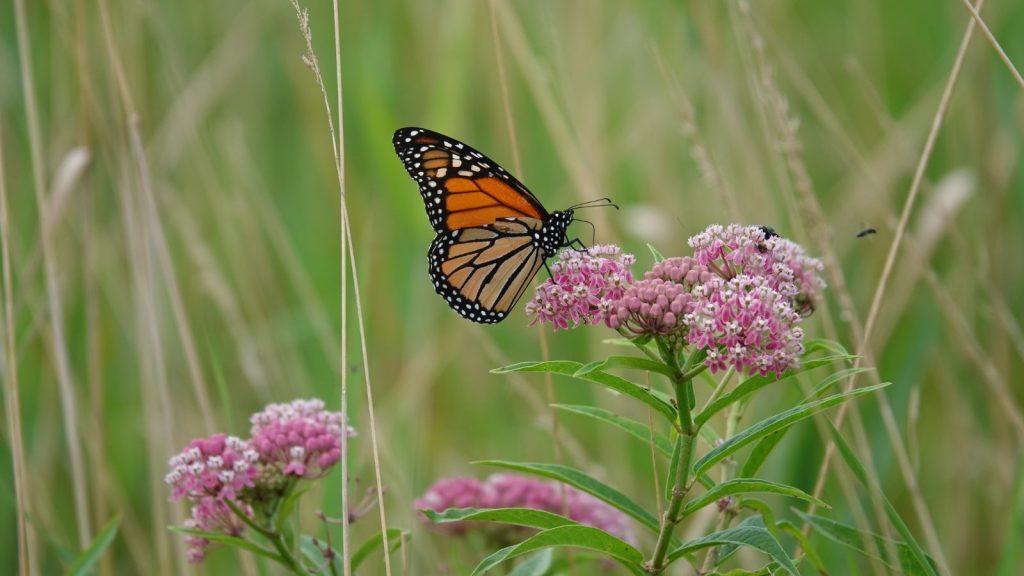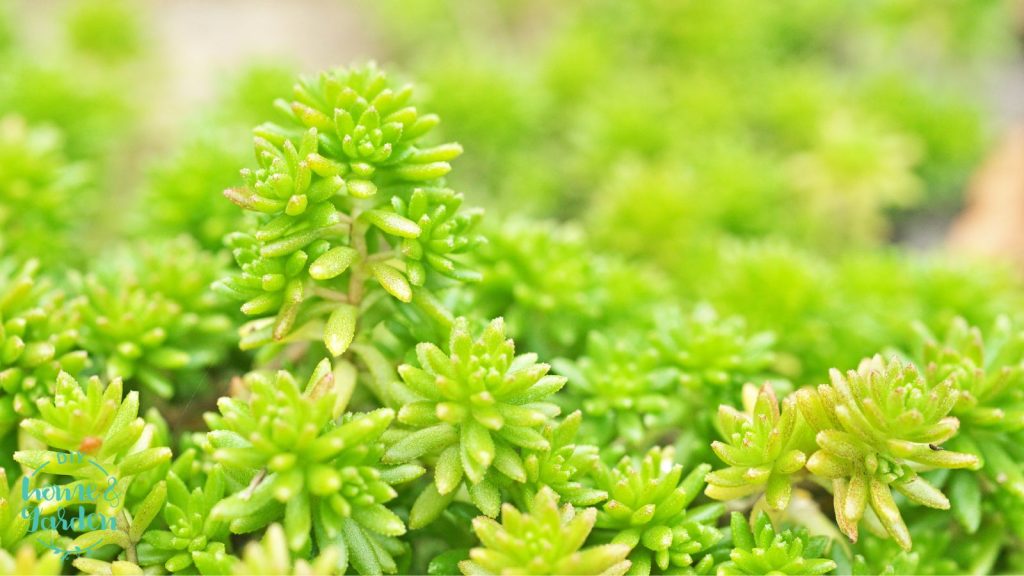Here’s why you should grow native species.
If you love the idea of a beautiful, well-kept yard but don’t want to spend every weekend tending to high-maintenance plants, a native plant garden might be the perfect solution. Native plants are naturally adapted to your region’s climate, requiring less water, fertilizer, and upkeep compared to species that are non-native. Plus, they provide essential habitat and food for local pollinators like bees and butterflies.
Whether you’re starting from scratch or looking to revamp your current landscaping, here’s a guide on how to choose the best native plants for your yard and create a garden that is both attractive and eco-friendly.
Understanding Your Yard’s Conditions
Before selecting plants simply based on their appearance, take a close look at your yard’s environment. Different plants thrive under different conditions, so you need to be mindful of the specifics of your land. Consider crucial factors such as:
Sunlight Exposure: Does your yard get full sun, partial shade, or mostly shade? The amount of sunlight your plants will be getting is a key aspect to take into account when deciding what to use in your landscaping.
Soil Type: Is your soil sandy, clay-heavy, or loamy? Some native plants thrive in dry, well-drained soil, while others prefer more moisture.
Climate and Rainfall: Native plants are naturally suited to your region’s rainfall patterns, reducing the need for extra watering. A quick soil test can help you determine pH levels, nutrient content, and other important considerations in your plant choices.
Choosing the Right Native Plants
Once you understand your yard’s conditions, select plants that will thrive with minimal intervention. Some popular low-maintenance plant options that are native to North America include:
Plants That Love the Sun: Coneflowers, black-eyed Susans, and butterfly weeds thrive in sunlight. These plants attract pollinators and add vibrant color to your yard.
Plants That Flourish in Shadier Spots: Ferns, woodland phlox, and columbine bring texture and beauty without requiring excessive sunlight. These choices are perfect if your land is shaded by trees most of the day.
Plants That Prefer Wet Areas: Swamp milkweed, Cardinal flowers, and blue flag iris do best in damp soil. If you live in a stormy area, these are a good bet.
For Dry or Rocky Soil: Yarrow, purple prairie clover, and sedum are all drought-tolerant and hardy options.
Check with local garden centers or do a quick Google search to get more specific recommendations based on your location.
Designing Your Native Plant Garden to be Beautiful and Functional
Creating a visually appealing landscape is about more than just picking eye-catching plants. Keep these design tips in mind when choosing your plants to make your native garden both practical and aesthetically pleasing:
Group by Water Preferences: Keep drought-tolerant plants together and moisture-loving plants in a separate area to simplify watering. This way, you won’t have to worry about over- or under-watering anything.
Alternate Heights for Visual Depth: Place taller plants like native grasses toward the back and shorter flowers in the front to create a natural, flowing look.
Incorporate Mulch to Keep Maintenance Simple: A layer of mulch around your plants helps retain moisture, suppress weeds, and improve soil health. This is an easy step that takes a lot of the pressure off proper maintenance.
Supporting Local Wildlife and Pollinators
One of the biggest benefits of native plant gardening is its positive impact on local ecosystems. Bees, butterflies, and birds rely on native flowers for food and shelter. To make your garden even more wildlife-friendly and help the environment:
- Plant a variety of flowers that bloom at different times to provide nectar throughout the seasons.
- Include host plants for caterpillars, such as milkweed for monarch butterflies.
- Add natural elements like logs, rocks, or a small water source to help create habitat diversity.
Planning for Easy Cleanup and Waste Management
While native plant gardens require less maintenance overall, occasional pruning, seasonal cleanups, and plant replacements are still necessary. Instead of bagging up yard waste and sending it off to the landfill, consider these eco-friendly disposal methods:
Leave the Leaves: In the fall, let leaves decompose naturally to enrich the soil.
Chop and Drop: Trimmed branches and plant cuttings can be left as mulch or composted.
Use a Yard Waste Dumpster for Large Projects: If you’re doing a full garden overhaul and have excess branches, soil, or old landscaping materials, renting a yard waste dumpster can help manage debris efficiently while keeping your property tidy. Many services ensure that organic waste is disposed of in an environmentally responsible way, reducing your project’s environmental footprint while keeping your workload minimal.
Enjoy Your Low-Maintenance, Eco-Friendly Yard
A native plant garden is not only a beautiful and low-maintenance landscaping choice but also a way to contribute to environmental conservation. By choosing plants naturally suited to your area and opting for sustainable practices, you’ll enjoy a thriving garden that requires less work and fewer resources—all while supporting local wildlife.
Whether you’re starting small with a single flower bed or transforming your entire yard, embracing native plants is a rewarding way to create a stunning and sustainable landscape.
